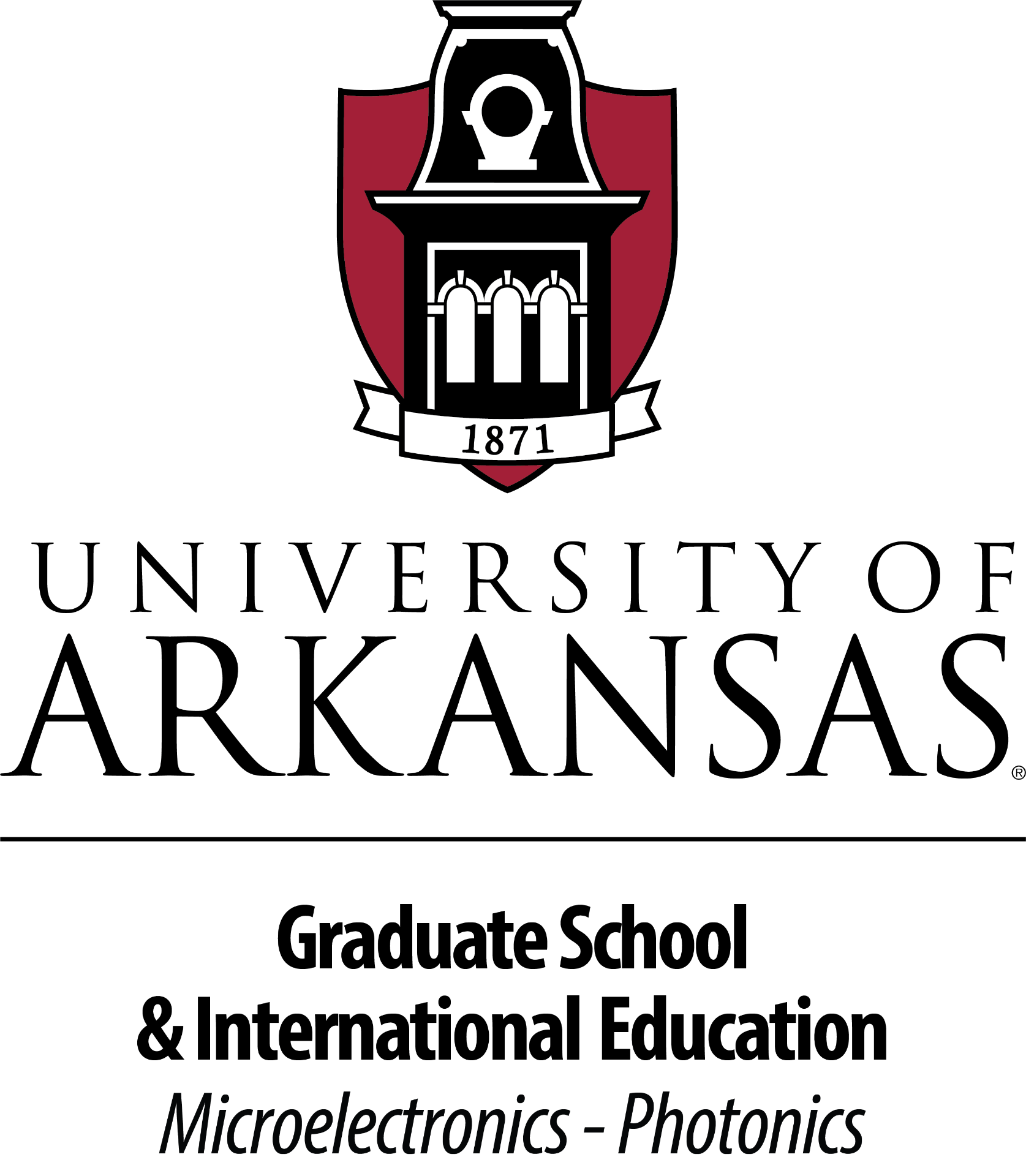Developing Algorithms for Quantifying Super Resolution Microscopic Data
Student: Sai Divya Challapalli
Degree: M.S., December 2017
Major Professor: Dr. Yong Wang
Research Area(s):
Biological Materials & Engineering
Nanoscience & Engineering
Background/Relevance
-
Histone-like nucleoid structuring proteins (HNS) play significant roles in shaping the chromosomal DNA and regulation of transcriptional networks in microbes, as well as their responses upon environmental changes such as temperature fluctuations.
Innovation
- Data acquired from super resolution fluorescence microscopy are used to quantify the distribution of HNS proteins.
- Our analysis provides quantitative information to understand how bacteria respond to the environmental changes and stresses in terms of reorganization of HNS proteins.
Approach
- Voronoi tessellation: Generate voronoi diagram and find adjacency matrix for each and every localization in the sample.
- Quantitative parameters of the sample: Compute area, density and mean distance of of each localization at kth rank.
- Cluster identification: Identify clusters with in sample with threshold densities being twice, thrice and four times the average density of the sample.
- Quantitative parameters of the clusters: Compute area, density, mean distance and number of localizations in a cluster.
- Analysis: Compare the results from various sample.
Key Results
- Imaged HNS proteins in E. coli bacteria treated with silver ions and without treatment, using super-resolution fluorescence microscopy.
- Performed Voronoi tessellation on HNS proteins, and quantified organization and clustering of HNS proteins.
- Compared the organization of HNS proteins and found that silver treatment induced higher density of HNS proteins in bacteria.

Conclusions
- This analysis allowed quantifying whether and how the spatial organization of HNS proteins responds to silver treatment.
- Observed that silver induced reorganization of HNS proteins in E. coli bacteria.
